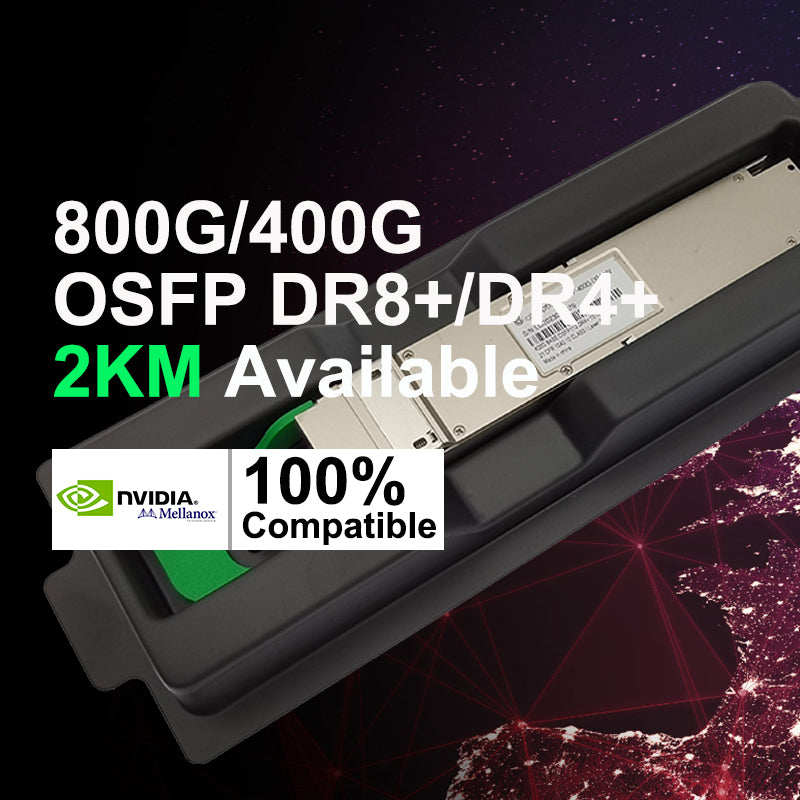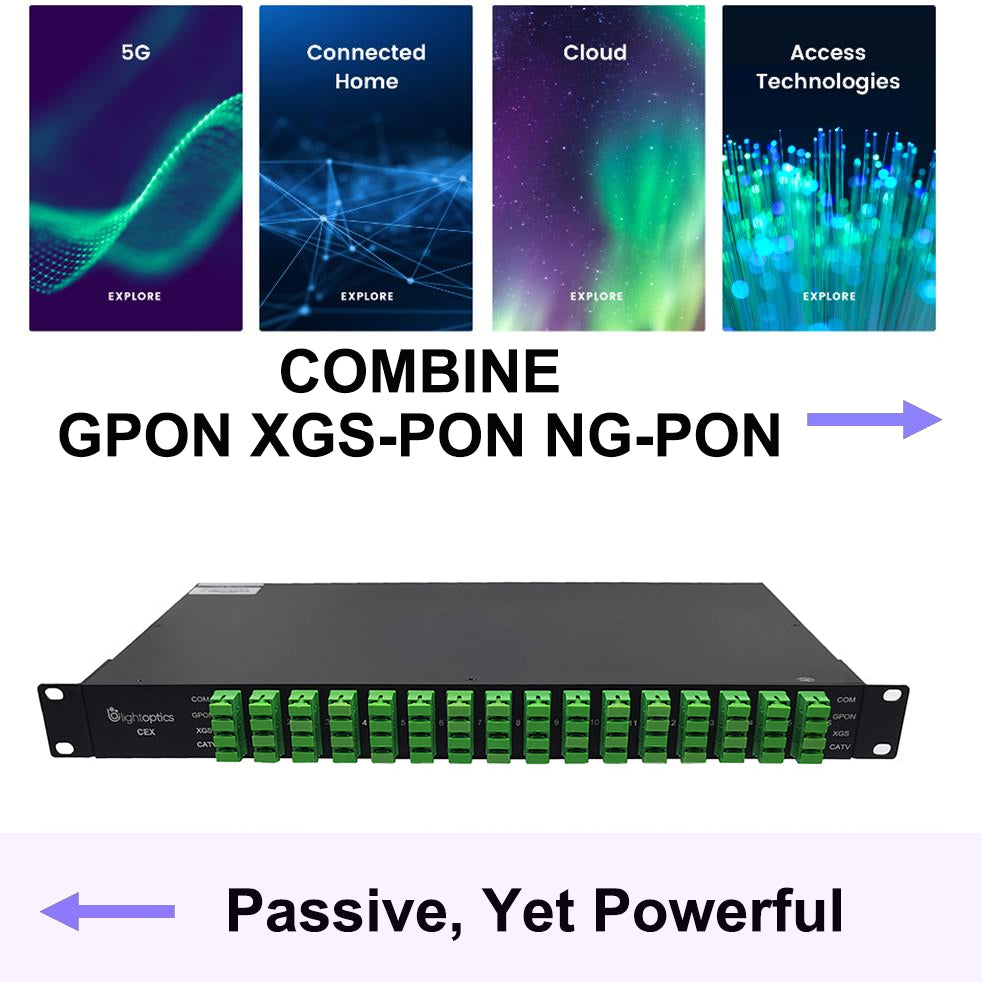How to choose Wireless Access Points (WAP)?
How to choose Wireless Access Points (WAP)?
Nowadays, as smartphones become more and more convenient, people's demand for the Internet is also increasing. Therefore, the projects of wireless coverage are constantly increasing. At the same time, many people are confused about choosing a wireless access point (WAP). This article summarizes some tips for you to consider when choosing a WAP.
What is a WAP (Wireless Access Point)?
A wireless access point (WAP), also called an access point (AP), is a compact electronic device that allows other Wi-Fi devices to connect to a wired or wireless network.
WAP devices create a Wi-Fi network within an existing wired or wireless network to accommodate more wireless devices. They extend the range of a Wi-Fi router to provide broad wireless coverage and overcome dead spots, especially in larger homes, outdoor areas, apartments, offices, and buildings.
It’s easy to set up a WAP and allow any Wi-Fi-enabled computer or device to be part of a Wi-Fi network without using wires and cables.
The physical connectivity of a WAP, router, and Wi-Fi device is shown below. A WAP or AP is connected to the router via a wired medium.
How Does A Wireless Access Point Work?
Access points work by connecting directly to your broadband router or network switch with an Ethernet or data cable. This provides the AP with the internet connection and bandwidth required. It then transmits and receives a wireless signal in either the 2.4Ghz or 5Ghz frequency range (WIFI). This allows you to connect wireless to your Local Area Network (LAN) and the internet.
Wireless Access points are perfect for devices where you cannot connect a physical Ethernet cable or where it would be difficult to do so, making them perfect for providing an internet connection to Smart phones, Tablets, Laptops, Wireless Audio Systems, Smart TV’s, and so on. I work on the philosophy of “wires for the things that don’t move, wireless for things that do.” This means that for the best, fastest, and most secure connection a dedicated Ethernet cable would be the best way to go for your PC’sand Smart TV’s etc, but obviously this may mean drilling the majority in walls and lifting floorboards to install some Category 5 so a good wireless connection would be the next best solution.
Things to Consider When Choosing a WAP
Today, many employees work outside the traditional office at least part of the time. Sometimes the number of connections to your network will be low and other times it will be high. It is these changing needs that make choosing a wireless access point so important. But before making any decisions, it helps to consider a few factors that drive a positive employee and ultimately a customer experience.
Range
The distance covered is an important parameter in buying an AP. WAPs with range enhancements are advantageous as they reduce the number and general costs of access points. In general, an adequate range lowers overall expenses to the client since fewer access points are required. The majority of enterprise wireless access points can give a coverage for an area between five thousand to ten thousand square feet. The range of a typical residential Wi-Fi network is dependent upon antenna sensitivity and one’s needs.
Speed
This refers to the rate of information traveling, usually measured in bps (bits per second), kilobits, megabits, or gigabits. In general, the speed of a wireless AP can reach 300Mbps or higher if the precise 802.11n protocol is supported, which is six times faster than 802.11n. While WAP supporting 802.11ac protocol can reach 1200Mbps.
Price
The price would depend on several factors. But one should keep in mind that not the higher the price is, the better an AP will be. The high price would not only increase the cost but also result in the waste of function and performance of the product; on the contrary, a low price would induce people to buy inferior-quality or fake products. So you should have a clear understanding of the actual performance of WAP in order not to be tempted by exaggerated advertising effects.
Features
Although there is a broad variety of features, they might not be what you need. You should select what you need most, and then do a bit of research into the device that you are going to buy. Be sure to take bps and range into consideration.
WAP Capacity
The capacity of a WAP is the number of users that it can support without a degradation of performance. Capacity is also an important factor when choosing a wireless AP. Although all manufacturers will emphasize throughput in advertisements, few of them will reveal the specific number of users that their gadgets are capable of supporting.
Power over Ethernet (PoE)
Power over Ethernet has some evident advantages. For example, PoE support on wireless access points greatly simplifies the installation, reduces the cost, and saves data and power cables separately for each network device. It has high flexibility since the network device can be installed in any location without having to approach an existing power outlet. Last but not least, it has high reliability; a PoE device with SNMP capabilities can carry out remote detection and control, and can effectively handle or repair power consumption or malfunction of the device. Based on this, PoE is of great importance in choosing a WAP.
Gain Antenna
The antenna of wireless AP is basically built-in, unlike routers whose antenna is external. Therefore, the wireless AP antenna is very important, and it will directly affect the signal strength of wireless AP and the range of transmission. When you are purchasing a wireless AP, you’d better choose one with a gain antenna.
What are the benefits of using a wireless access point (WAP)?
WAP devices have become a necessity for many businesses, institutions, or home users due to the following benefits.
- Strong signal coverage throughout the building (inside/outside)
- Easily extend the range of the Wi-Fi router
- Increase the number of potential users
- Large transmission range
- Useful for extending the wireless range of an existing network
- Flexible installation
Conclusion
WAP devices have become necessary for many businesses, institutions, and home users. Major issues like poor Wi-Fi coverage, slow connectivity, dead zones, weak signal, etc., are growing concerns, and these problems are eliminated by implementing WAP.
Now there are several new devices which are more powerful and can support a wider area in the market for you to opt for, but be sure to find the right wireless access points based just on your needs and at the same time take a few factors into consideration such as range, speed, price, features, WAP Capacity, PoE, gain antenna, etc.












